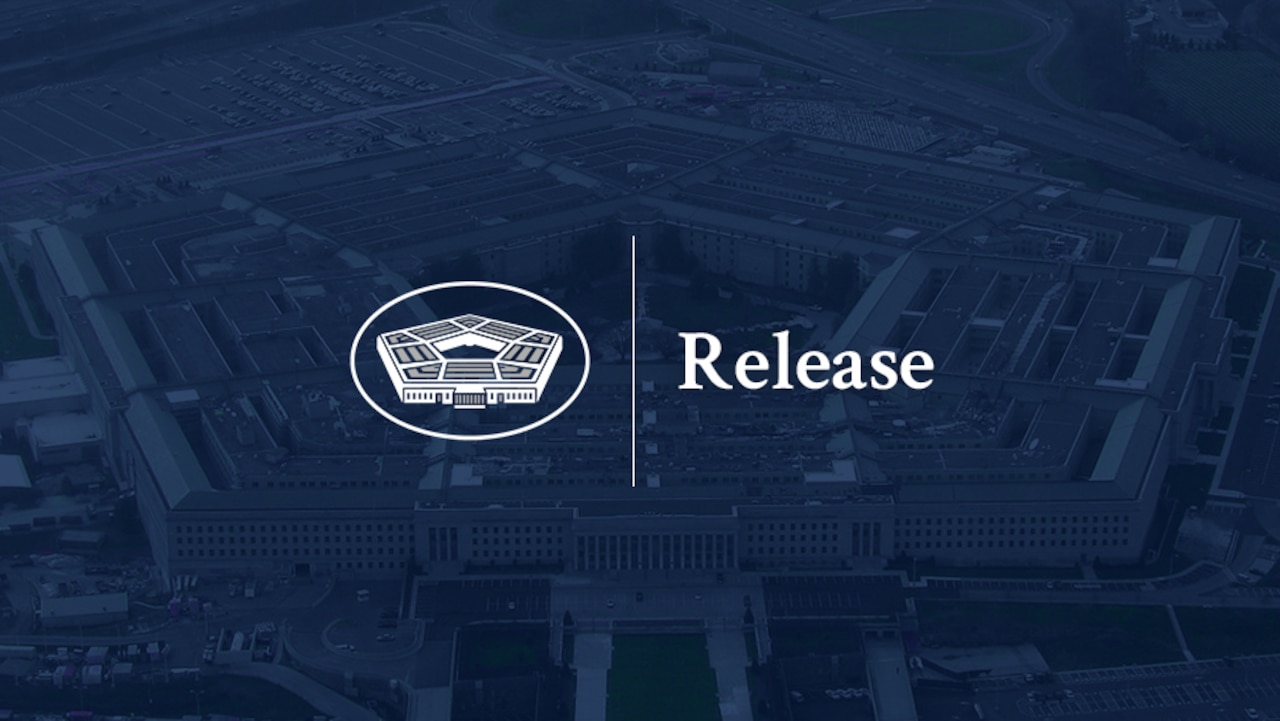With the advance of climate change, the emergencies associated with this phenomenon are increasingly affecting the entire world, since the conditions for the appearance of these situations are becoming more frequent, according to predictive models. The World Resources Institute states that forest fires now consume twice as much tree cover as they did 20 years ago. Countries around the world have suffered major natural disasters such as fires, floods or hurricanes in recent years due to these weather conditions and changing weather patterns.
This situation poses great challenges to countries’ security agencies to protect their infrastructure, properties, environment and economy against natural disasters. Public administrations are not sufficiently prepared to deal with these events, and the speed of emergency personnel to act and avoid environmental catastrophes is crucial. For this reason, private wireless networks are essential to have the necessary information to carry out an appropriate action plan.
Faced with these challenges, Nokia is promoting the deployment of private networks, combined with advanced technologies such as artificial intelligence (AI), Internet of Things (IoT) devices and connected drones, offering critical solutions for emergency management.
Private networks: new security tools
Private wireless networks provide dedicated and reliable communication channels where public ones may be overloaded or non-existent. These networks guarantee reliability with the highest level of security, allowing uninterrupted communication even when public networks fail. This is vital, for example, during a fire or flood where public networks may be congested or overwhelmed by high demand or damage to infrastructure. The private wireless network offers a resilient and secure platform.
To achieve this, at the time of the disaster, transportable radio networks are put into operation in the affected area in cargo containers with extendable masts, transport boxes or – in their smallest form – in a backpack, which are connected to the local operations control. In addition to antenna technology, a private campus network also consists of a central edge server, which takes over the temporary radio network directly on site, since the connection to public networks and server systems can be interrupted . Preconfigured end devices, such as drones for situational awareness, voice radios for communication between emergency services, or tablets for recording fire progress, can connect to the private campus network regardless of the availability of mobile networks. public. This allows for safe, fast and reliable communication with incident command.
«AirForestry AB, in collaboration with Tele2 and Nokia, has deployed a next-generation private 5G mobile network to control high-capacity drones for forest clearing, a fundamental measure to reduce the risk of forest fires.? “This innovative approach not only demonstrates the ability of private networks to manage complex tasks in remote areas, but also highlights the potential of these networks to support emergency response teams in real-time operations.”says Dr. Rolf Werner, head of mobile networks in Europe at Nokia.
Large amounts of data
Thanks to AI, enormous amounts of data from various sources can be processed to predict outbreaks of floods, landslides or other catastrophes. On the other hand, machine learning algorithms identify patterns and correlations in the data to study the probability and behavior of these events. AI-based models suggest optimal containment and evacuation strategies by providing intervention teams with practical information to make decisions effectively. According to Nokia’s Industrial Digitalization Report 2024, 39% of companies that deployed private wireless networks have since implemented edge computing or new selections of industrial devices to drive digitalization and support complementary technologies such as AI and analytics. The other 52% plan to do so. This integration enhances the ability of private networks to support advanced AI applications, further strengthening the predictive and analytical tools available to emergency response teams.
The role of sensors
The integration of Internet of Things (IoT) devices, such as temperature sensors, smoke detection and air quality sensors, allows granular data to be collected, offering a complete view of the situation. They continuously monitor environmental conditions, sending alerts in real time. They allow better coordination that leads to a more effective response, also helping with subsequent analysis of the incident. As new challenges arise from climate change, it is important to leverage advanced communications solutions to protect lives and property. By integrating and facilitating AI and IoT devices through private wireless networks, a more efficient and coordinated response to natural disasters can be ensured, ultimately mitigating their impact and protecting the population.











